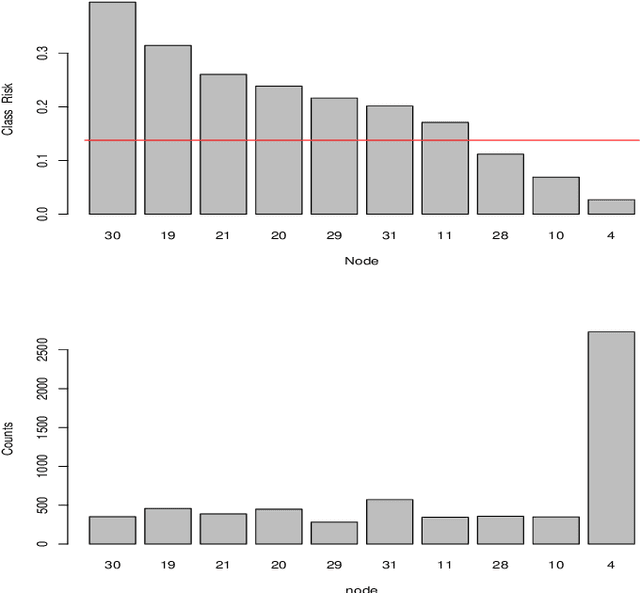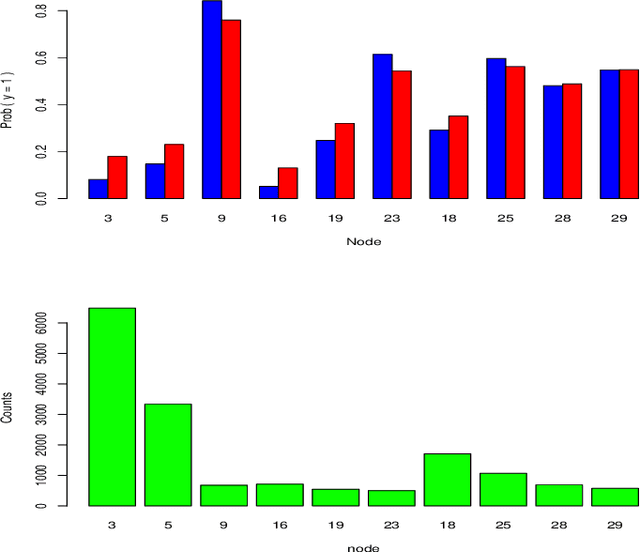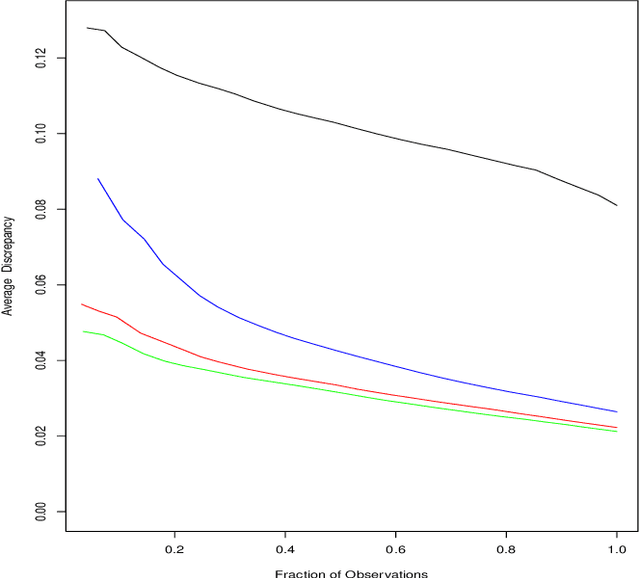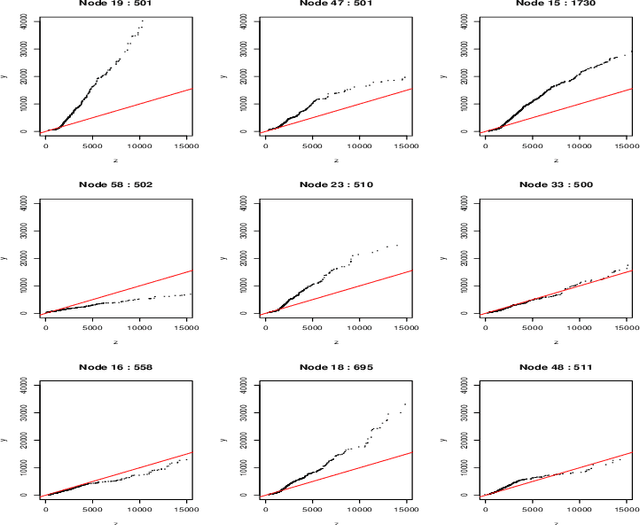Contrast Trees and Distribution Boosting
Paper and Code
Dec 08, 2019



Often machine learning methods are applied and results reported in cases where there is little to no information concerning accuracy of the output. Simply because a computer program returns a result does not insure its validity. If decisions are to be made based on such results it is important to have some notion of their veracity. Contrast trees represent a new approach for assessing the accuracy of many types of machine learning estimates that are not amenable to standard (cross) validation methods. In situations where inaccuracies are detected boosted contrast trees can often improve performance. A special case, distribution boosting, provides an assumption free method for estimating the full probability distribution of an outcome variable given any set of joint input predictor variable values.
 Add to Chrome
Add to Chrome Add to Firefox
Add to Firefox Add to Edge
Add to Edge